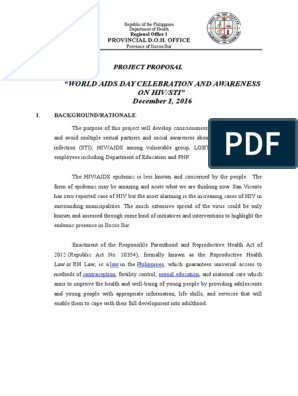0% found this document useful (0 votes)
117 views28 pagesVisual Information and Media: Made by Sebastian Karl de Vera Carlo Dela Rosa John Leonard Salazar
This document discusses different types of visual media like ideograms, statistical visualization, pictures, graphic design, video, and 3D images. It also talks about how visual information has been used throughout history for communication. One of the key powers of visual media discussed is its ability to persuade and affect people emotionally. The document provides the example of how a viral photo of a politician helping during a disaster could influence voting decisions. It also analyzes the famous "vulture and girl" photo and how it both won a Pulitzer prize but also contributed to the photographer's suicide due to criticism over why he didn't help the child.
Uploaded by
DCRUZCopyright
© © All Rights Reserved
We take content rights seriously. If you suspect this is your content, claim it here.
Available Formats
Download as PPTX, PDF, TXT or read online on Scribd
0% found this document useful (0 votes)
117 views28 pagesVisual Information and Media: Made by Sebastian Karl de Vera Carlo Dela Rosa John Leonard Salazar
This document discusses different types of visual media like ideograms, statistical visualization, pictures, graphic design, video, and 3D images. It also talks about how visual information has been used throughout history for communication. One of the key powers of visual media discussed is its ability to persuade and affect people emotionally. The document provides the example of how a viral photo of a politician helping during a disaster could influence voting decisions. It also analyzes the famous "vulture and girl" photo and how it both won a Pulitzer prize but also contributed to the photographer's suicide due to criticism over why he didn't help the child.
Uploaded by
DCRUZCopyright
© © All Rights Reserved
We take content rights seriously. If you suspect this is your content, claim it here.
Available Formats
Download as PPTX, PDF, TXT or read online on Scribd
/ 28













































































































